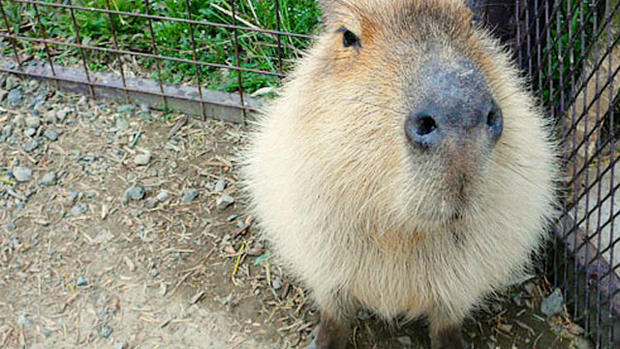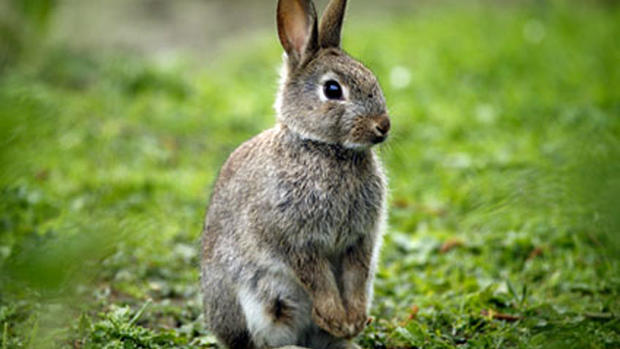Smallest pets ring up biggest bills at the vet
Don't be fooled by the modest price tag and their diminutive size. Tiny pets can eat you alive in veterinary bills.
A recent survey of 1,000 pet owners, in fact, found that six of the 10 most expensive pets to take to the vet are also among the smallest -- rodents and frogs, to be precise.
Gerbils ranked as the nation's most expensive pet, based on the number of owners (80 percent) who reported spending more than $500 per year at the vet. Mice came in a close second, with 79 percent of mouse owners saying they shelled out upwards of that amount each and every year to keep their rodents healthy, according to the survey by Ask.Vet.
What makes rodents, which typically cost $5 or $10 to purchase, such expensive pets? Normally prey, they've genetically evolved to hide illness until they're seriously sick, said Dr. Cherice Roth, a veterinarian with the subscription-based vet service. At that point, Herculean measures must be taken to cure the little critters. "If the owner wants to save them at that point, it's all hands on deck."
Chinchillas ran up the fifth-most-costly vet bills; hedgehogs and Guinea pigs were seventh and eighth, respectively, while frogs came in as the 10th most-costly pet at the vet.
The four remaining pets that ranked among the 10 most expensive to take to the vet were trendy farm animals, Roth said.
The alpaca ranked third; goats and sheep took the fourth and sixth most costly slots, while pot-bellied pigs ranked ninth.
Roth attributes the big vet bills to the same root cause: lack of education among pet owners. You probably have some idea of how to properly care for a dog or cat, for instance. But did you know that rodents can get sick from the fumes in some of the scented barks that are often used to line their cages? Scented barks are tempting because they allow pet owners to clean the cage a little less often, Roth said. But, a mouse or Guinea pig is going to be much happier and healthier in a cage lined with ripped-up newspaper.
"There is a movement to buying more and more unusual pets," she said. "But a lot of people haven't really considered whether the pet will fit well into the family lifestyle or what it takes to keep that pet healthy."
A good example of that is the alpaca, she noted, which tends to be purchased by people in hot climates. Unfortunately, the breed is susceptible to heat stroke. Some 75 percent of alpaca owners report spending more than $500 annually at the vet.
Goats and sheep, meanwhile, may eat anything in the yard -- including, yes, tin cans. But they're likely to get tetanus when they do.
Cute Instagram photos may leave you with the notion that a pot-bellied pig would be the perfect pet, but Roth cautioned that few people realize all pigs are petite when they're babies -- and most become real porkers as they age. And some unscrupulous breeders are taking advantage of the trend by misrepresenting their pigs. (Incidentally, pigs only eat "slop" when you're fattening them up for slaughter, Roth said. If you want to keep a pig as a pet, you've got to be far more careful about its diet to keep it healthy.)
Then too, while kids may love chinchillas because they're so soft and cuddly to hold, these animals have such sensitive skin that it can literally slough off when they're mishandled, Roth said.
"All of these animals might make appropriate pets, but you really have to do some research to understand how to properly care for them," she said.






